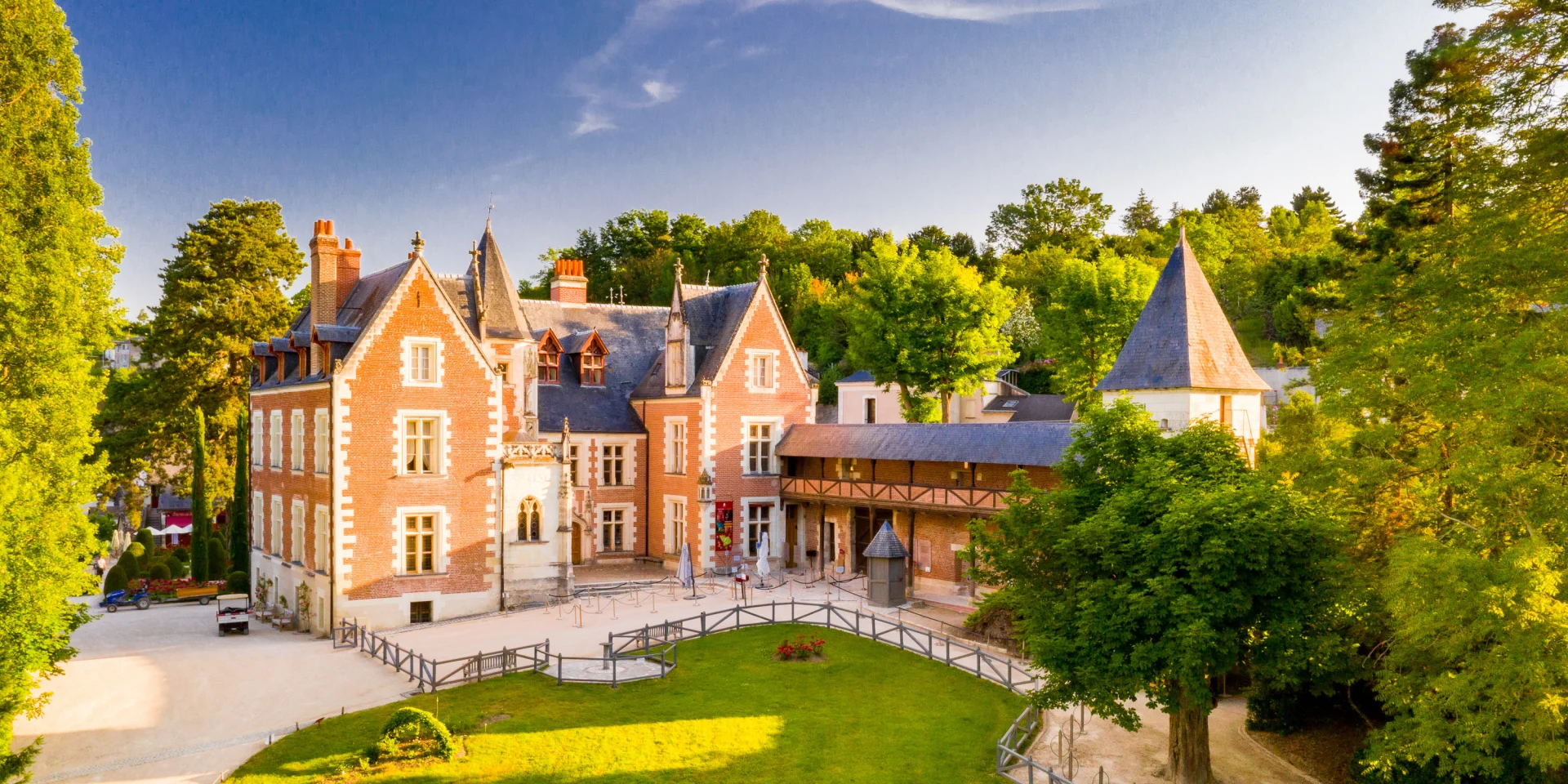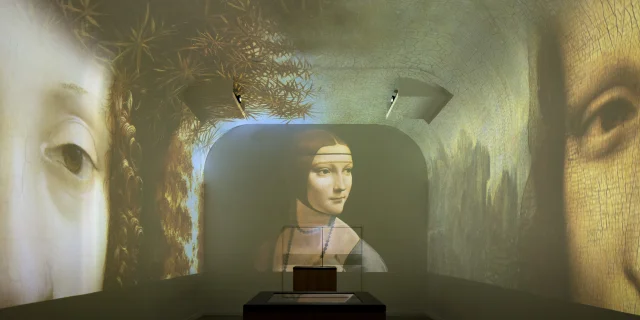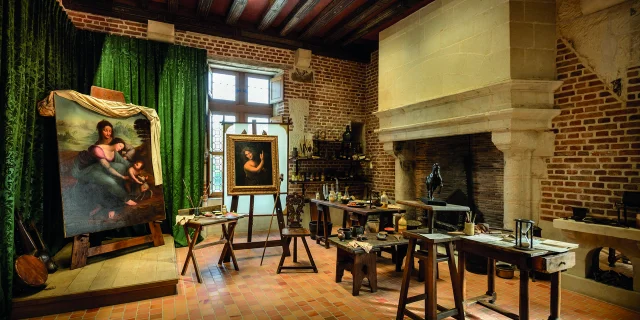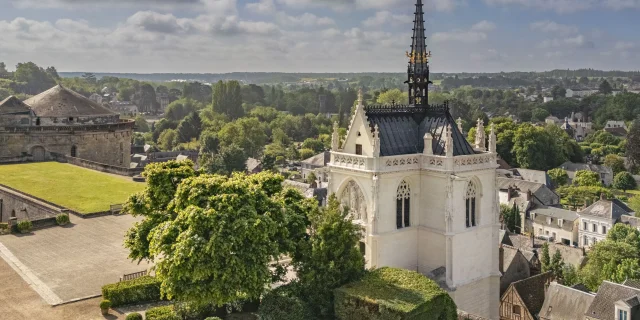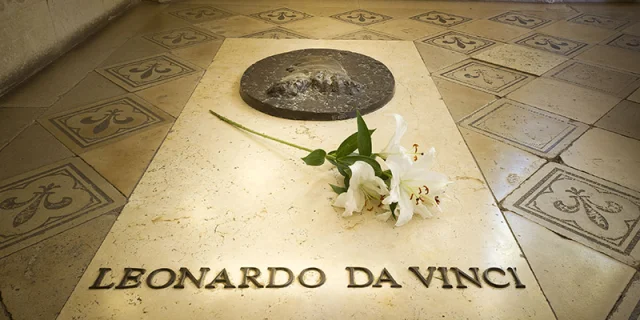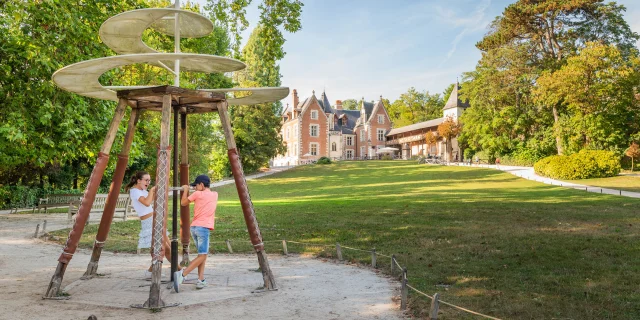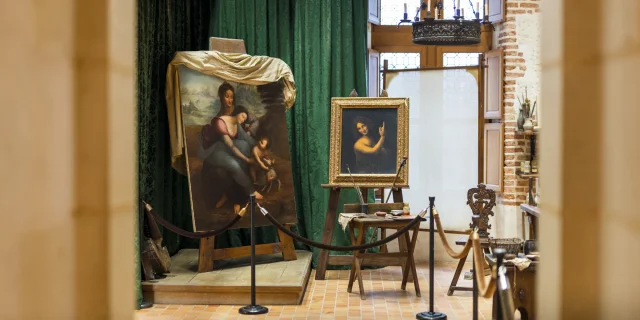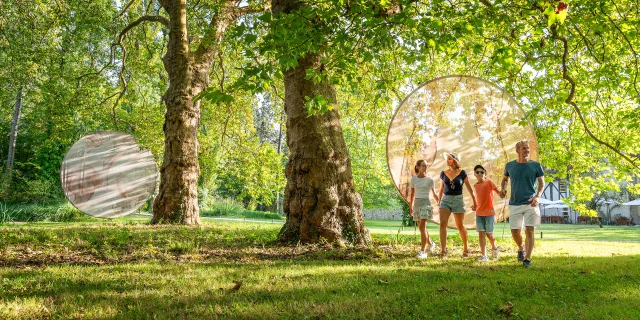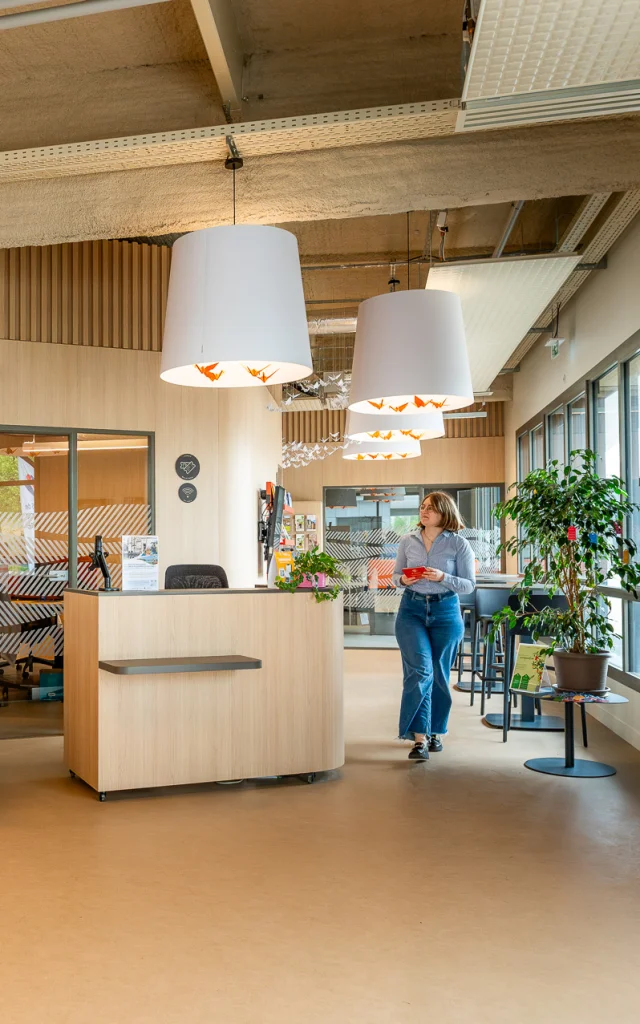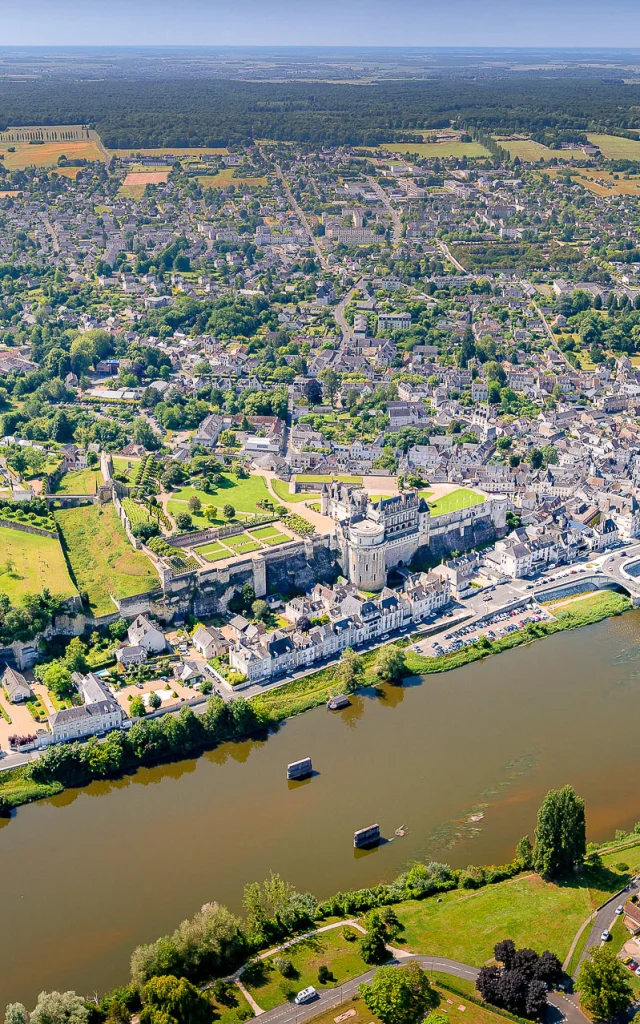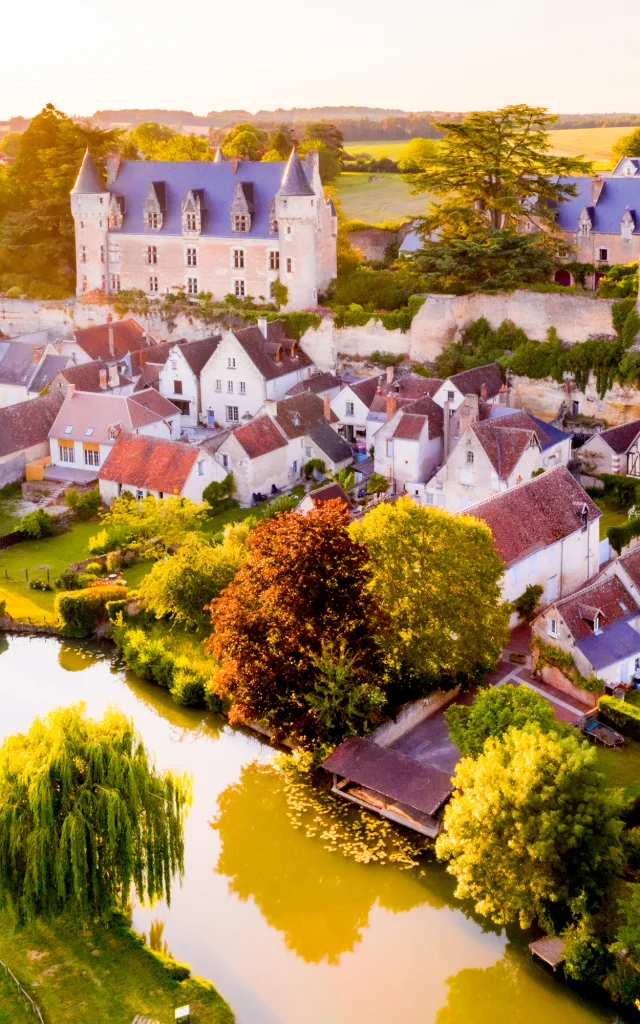Insatiable curiosity
From his earliest years, he stood out from the children of the village of Vinci (near Florence) for his marked curiosity about everything around him, meticulously observing every detail and developing his ability to reproduce them from his very first drawings.
Unrecognised by his father, he was unable to attend a Latin school for “good families”. But his lack of academic achievement was soon compensated for by a thirst for experimentation. In Florence, from the age of 12, he joined the studio ofAndrea del Verrochio, an Italian master who responded to the various commissions of the wealthy patron Lorenzo de’ Medici. It was here that he was able to develop his talent in a wide range of fields.
Giorgio Vasari, the master’s biographer, described Leonardo da Vinci as a true “universal man” of his time. Painter, sculptor, engineer and inventor, he embodied the spirit of the Renaissance through his insatiable curiosity and knowledge.
A genius in Touraine: Leonardo da Vinci and the Renaissance
Leonardo da Vinci had a profound impact on the artistic and scientific history of Europe. Although Florence was the birthplace of his genius, it was on the banks of the Loire that he spent the last three years of his life.
Come and explore the places where Leonardo da Vinci worked, dreamed and left his unforgettable mark, and discover how his ideas continue to inspire us today.
 Autoportrait Attribué à Léonardo da Vinci Photo
Autoportrait Attribué à Léonardo da Vinci PhotoPainter and philosopher of the Renaissance
From portraits to technical sketches, the works of Leonardo da Vinci embody an innovative artistic style, in which every stroke of his sketches and studies seems animated by humanist thought. But da Vinci was not just a painter; he was also a philosopher who saw each creation as a reflection on mankind and the universe.
After becoming anindependent master painter, he went on to work for the Duke of Milan (Ludovico Sforza, who was imprisoned in the Royal City of Loches), for whom he organised grand festivities and invented spectacular theatrical machines that earned him the title ofengineer. From then on, he was consulted on a wide range of subjects.
A visionary
In fields as varied as anatomy, engineering, hydraulics and aeronautics, he imagined concepts that technology would not make a reality until centuries later. A free thinker who made the invisible visible, he was a bridge between the sciences and the arts. When you visit the Château du Clos Lucé, invite yourself into a world of discovery and wonder!
